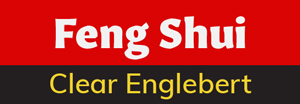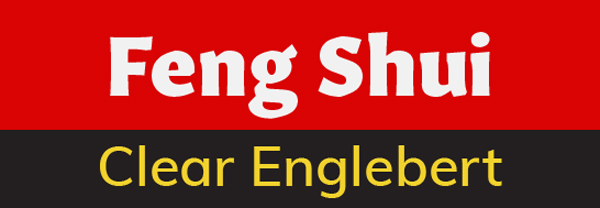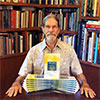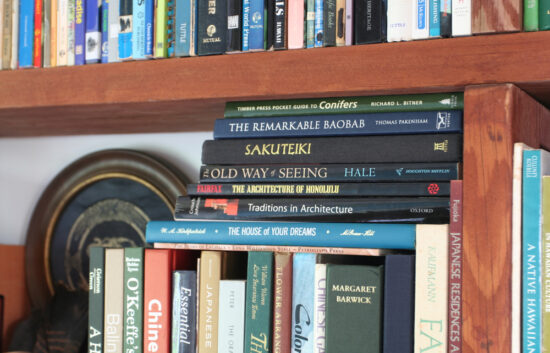Feng Shui for Real Estate and Yin and Yang Entrances to Nonfiction Books

My publisher has just sent Feng Shui for Real Estate (my upcoming book) off to the printer. I wrote this book with the intention of creatingthe best quick summation of feng shui that I could imagine. The whole buyer’s section, which is the largest of the three parts of the book, comprises just half of the book and is packed with plenty of illustrations—it’s a quick read. I consider that buyers and sellers of real estate are likely to be busy people (as are their agents), and the information in the book is aimed at exactly their concerns during a real estate transaction. But since all the main problems are covered, it’s an ideal book for anyone to learn feng shui.
When writing the book, I assumed the reader was likely to have no prior knowledge of feng shui and in the first dozen or so pages I explain enough for that person to avoid making the costliest mistakes caused by buying the wrong property (with unfavorable feng shui on a rather massive scale). The fourteen problems that are covered in those first pages are unrelated, but they are each so severe as to warrant their inclusion in the “Absolute No” category.
Quick-reference use of the book is made possible by the (almost extravagant, and the longest of all my books) four-page Table of Contents (TOC). The TOC lets you easily see the main feng shui issues in outline form with the most severe problems at the top. That in itself is a good reference tool. Every other feng shui book that I know of proceeds topically, and this book does not; it is ordered by severity which I believe makes it easier and quicker to use.
This long TOC is the most yang of the two entrances that (most) nonfiction books should have. Yes, just like homes, books have entrances, and they can be yin or yang. The yin entrance is the index. The two main factors (in order) that determine yin and yang in this case are: The TOC comes first (yang) and it’s shorter than the index. That’s another yang quality. The index comes last and is longer and more complex. The two entrances create maximum accessibility to the information in the book.
I’m very proud of the lovely seven-page-long index of Feng Shui for Real Estate. It’s the seventh index that I’ve created and it’s the most appealing index in any of my books. The double-column layout is attractive and readable, the entries are well-considered, and the subentries are super-helpful. It makes a worthy entrance into the book.
Leave a Comment Cancel Comment
Related Posts
Feng Shui & Fake Books
My Feng Shui Talks Begin Again (I trust fresh air!)
Feng Shui & Real Books (Part 1)
Recent Posts
Three Famous Gay Men from Huntsville, Alabama

My Youtube Feng Shui Channel






Article Comments
Susan Levitt
August 12, 2021 12:02 pmGreat! Can’t wait to get my copy.
clearenglebert
August 12, 2021 5:07 pmThank you so much!
Mary Beth Van Hoogstraten
August 12, 2021 7:31 pmIt’s bound to be AMAZING!
clearenglebert
August 13, 2021 6:35 amThank you, Mary Beth.